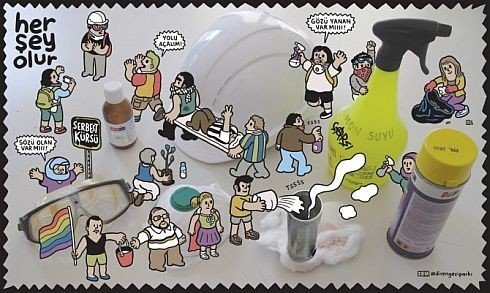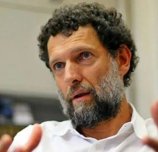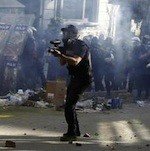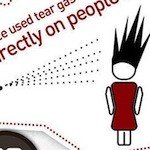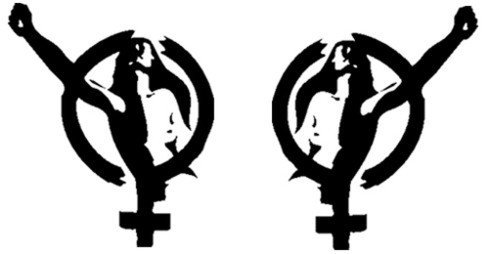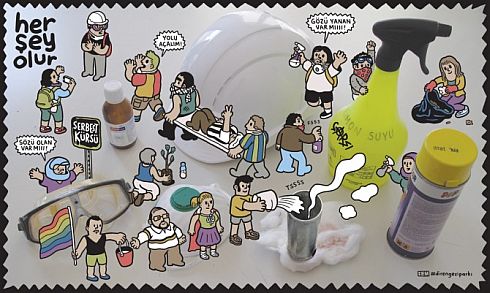
Not only on the streets, but also thousands of users share countless and beautiful illustrations, caricatures and graffitis via social media. During Gezi Resistance, social media aligned itself with the streets in a solidarity that that it has never been before.
While images from Gezi Park Resistance expose power, violence and maleness; they also sets memory of those who took the streets and resisted.
While the government officials make boring statement on TV channels, Gezi Parkers use their creative, humorous spirit to expose political power’s all irrational situations out on the street or on social media.
There are thousands of caricatures and illustrations shared by Facebook and Twitter users. What these users have in common is that they are maintaining their resistance differently from the discourse and acts of the power authorities.
Some people raise their voices and ask hopelessly: “What’s next?” These postings definitely inject hope to those inquiries and enhance doubtlessly the power of the resistance. Considering that exercising state violence on its people is one of the most paradoxical methods in the world history, it would be useful to develop new strategies concerning the resistance. Drawing walls, caricatures and illustrations is only one of those.
Ali Cabbar, an artist based in Bruxelles, shared his illustrations with Radikal newspaper from the very first days of the resistance. Besides that, so many others are sharing their creative works via social media. Other than that, Gezi Park protestors are drawing on the streets, making graffitis, and sharing slogans.
Cem Dinlenmiş, another artist, drew a caricature in his column in Penguen magazine. However, the speed of social media usually overtakes the artists and their works become anonymous rapidly. Therefore, it is hard to know who made most of the works. It is not hard to imagine that these works - signed or anonymous - will be on the rise. Because the streets are very open to receive new works in a way that they have never been before.(BÇ/HK/BM)
* Click there to see the photo gallery
* The first illustration belongs to Cem Dinlenmiş, the second belongs to Ali Cabbar. The work with birds wearing gas masks is anonymous.





